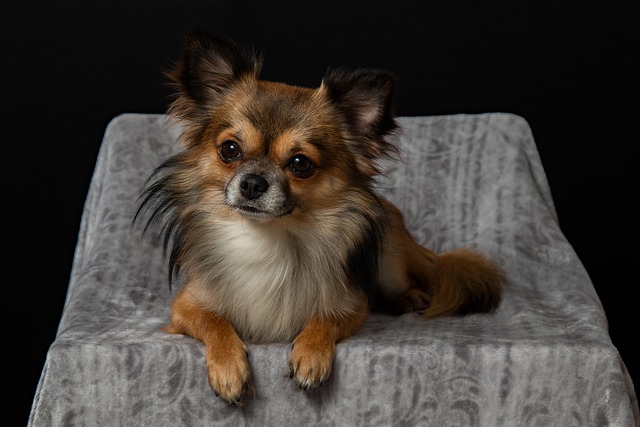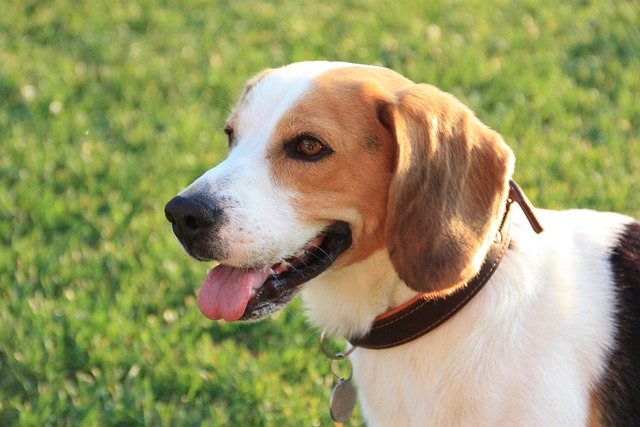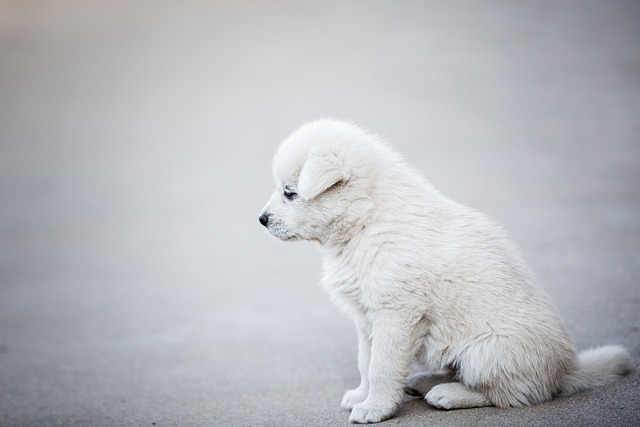
Can I use coconut oil to make hair conditioner for my dog
If you’ve ever finished bathing your dog, reached for the bottle of dog conditioner, and realized it’s empty—staring at a jar of coconut oil in your pantry instead
If you’re a new dog parent in the US—maybe you’re sitting on your New York apartment floor, watching your 1-year-old Golden Retriever, Max, scratch his back so hard he’s leaving tiny red spots on his fur, or you’ve noticed your rescue Poodle, Lila, licking her paws nonstop after walks in Texas—you’ve probably flipped through pet store aisles wondering: Will dog conditioner stop this itch? It’s a common question, and the answer is “it depends”—but the right conditioner can absolutely soothe mild itchiness, as long as you know what to look for and how to use it. Let’s break this down simply, with real tips and no confusing jargon.
First, let’s get the science straight: Dogs have way thinner skin than humans—only about 1/3 the thickness. That means their skin barrier (the protective layer that keeps moisture in and irritants out) is easier to damage, leading to dryness and itchiness. Human conditioner is a no-go; it has harsh chemicals that can strip their skin of natural oils, making itching worse. But dog-specific conditioner works by adding moisture back into their fur and skin, sealing the barrier so irritants (like pollen from your apartment plants or dust from walks) can’t get in. It’s especially helpful for dogs with short coats (like Beagles) or those that get bathed often—bathing strips natural oils, and conditioner replaces them. Take Mia, a first-time owner in California: Her 6-month-old Husky, Cooper, had dry, itchy skin from frequent baths (she wanted to keep his fur clean in her small apartment). A vet recommended a oatmeal-based dog conditioner, and after 2 uses, Cooper stopped scratching—his skin felt soft, not tight, again.

Here’s how to use conditioner for itchy skin, step by step: Start by picking the right product—look for “dog-specific” labels (never grab your own!) with soothing ingredients like oatmeal, aloe vera, or coconut oil. Avoid anything with artificial fragrances or dyes—they’ll irritate sensitive skin. When bathing your dog, use a mild dog shampoo first, then apply conditioner from the neck down (skip the face—it can get in their eyes!). Massage it into their fur and skin gently, focusing on itchy spots like their back or paws, and let it sit for 2–3 minutes (this gives the moisture time to sink in). Rinse thoroughly—leftover conditioner can make skin greasy and attract dirt. Reward your dog with a tiny freeze-dried chicken treat after the bath; positive reinforcement makes them calm during grooming (and avoids fear of water). Never scold them if they shake water everywhere—punishment goes against US animal welfare norms and will make future baths harder. For mild itchiness, use conditioner every other bath; if itching is constant, check with your vet (it could be allergies or a skin infection that needs meds).
Now, let’s tie in rules and habits that matter. Every US state requires core vaccines (distemper, parvovirus)—while conditioner doesn’t replace shots, regular vet visits (mandatory for vaccine updates) are a good time to ask about your dog’s skin health. Skipping vet checkups could mean missing underlying issues, and in states like Florida or Illinois, neglecting your dog’s comfort (like untreated itchiness) might lead to welfare checks. When you take your dog for walks (even after a conditioner bath), always clean up their poop—cities from Seattle to Boston have fines up to $300 for leaving waste, and bacteria in poop can irritate their skin if they roll in it. If you live in an apartment, bathe your dog during quiet hours (like weekday mornings) so splashing or barking doesn’t disturb neighbors. And if you visit dog parks, bring a towel—grass or dirt can stick to conditioned fur, so wiping them down after play keeps their skin clean.
Conditioner isn’t a fix for all itchy skin, but it’s a great tool for mild dryness. With the right product, gentle use, and follow-through on local rules, you’ll help your dog stop scratching—and get back to snuggling on your couch.

If you’ve ever finished bathing your dog, reached for the bottle of dog conditioner, and realized it’s empty—staring at a jar of coconut oil in your pantry instead

If you’re a new dog parent in the US—maybe you’re sitting on your New York apartment floor, watching your 1-year-old Golden Retriever

If you’re a new dog parent in the US—maybe you’re sitting on your Arizona apartment floor, holding your 6-month-old Beagle’s ear open with one hand

Most Labrador owners start wondering about their pup’s coat change around the time those tiny paws turn into bigger, more energetic ones. Typically, Labs begin losing their soft puppy coat between 4 and 6 months of age.

If you’re a new dog parent in the US—maybe you’re staring at your Texas apartment counter, holding a $200 groomer bill for your Goldendoodle’s last trim

Finding loose fur on your puppy’s bed or your couch can make any new owner pause—wondering if it’s a sign of trouble or just part of growing up.